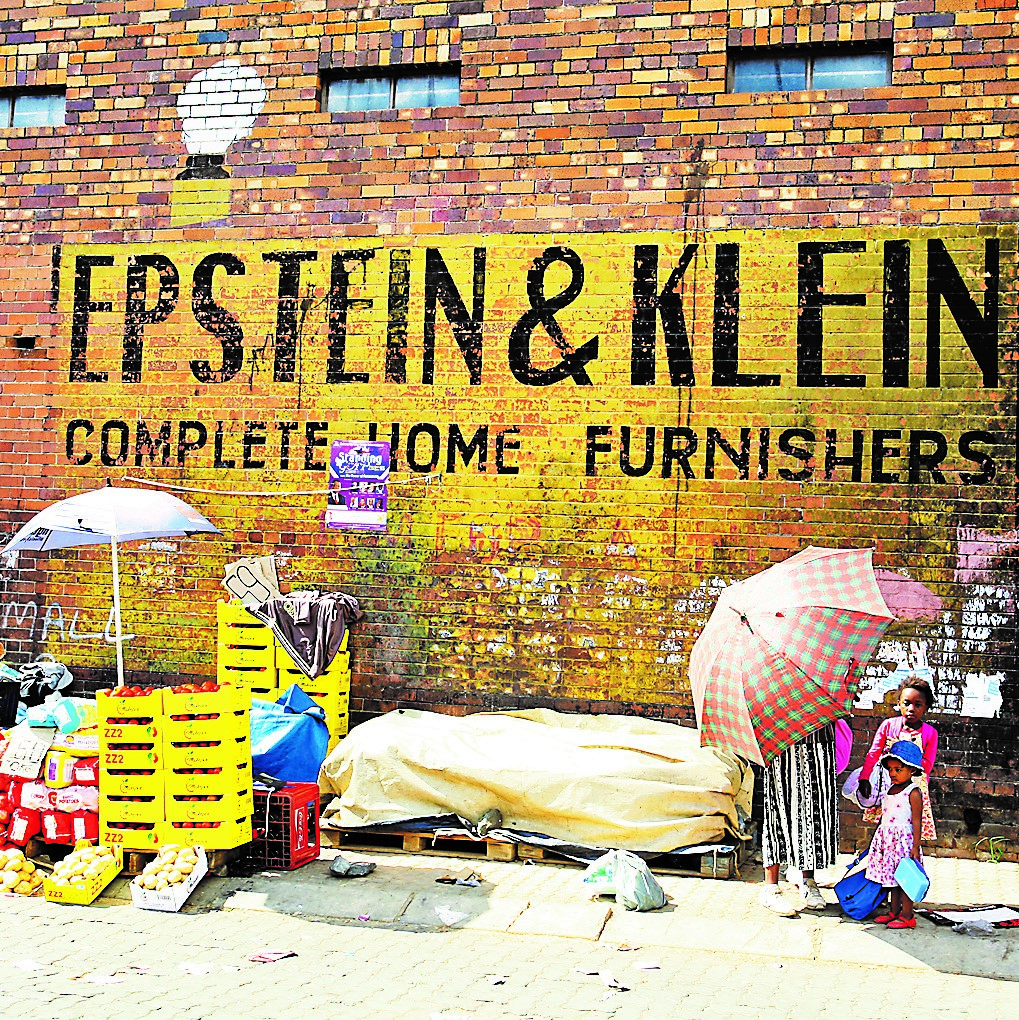click to dowload our latest edition
CLICK HERE TO SUBSCRIBE TO OUR NEWSLETTER


Published
4 years agoon
By
adminHOWARD SACKSTEIN
The 65th anniversary of the signing of the Freedom Charter passed almost unnoticed in South Africa, a victim of the overwhelming crush of the COVID-19 pandemic.
The events, at the time, were recorded by famed anti-apartheid photographer Eli Weinberg.
In the coal yard adjacent to the desolate field stood the warehouse of Epstein & Klein. Klein had gifted the African National Congress the use of his property for the event.
Three thousand people arrived from all over South Africa for the gathering of the Congress of the People.
“It was terrifying” says Joy Coplan, who at the time was a 17-year-old student at the University of Cape Town. “We took the train from Cape Town. I told my parents I was going to a NUSAS [National Union of South African Students] conference. I travelled with Albie Sachs and Mervyn Bennun. I don’t even remember how we got from Fordsburg to Kliptown, but when we arrived, there were police everywhere”.
Coplan reminisces that, “It was a bright clear day. We were a couple of white students from Cape Town. It was completely overwhelming. Sachs was on the stage, he was older than me and quite important. I was accepted because my father had been taking me to Communist Party meetings since I was 14 years old. We used to meet weekly with Ben Turok’s parents, the Buntings, and Denis Goldberg’s parents as well”.
Rusty Bernstein was the driving force behind the drafting of the Freedom Charter. The poetry of its opening paragraph, “We, the people of South Africa, declare for all our country and the world to know: that South Africa belongs to all who live in it, black and white, and that no government can justly claim authority unless it is based on the will of all the people,” is attributed to him.
Alan Lipman, who died in his Johannesburg home in 2013, contributed to the writing of the charter, and his wife, Beata, hand wrote the original document. Goldberg, who passed away in April, was responsible for codifying the demands of the people into the final form of the charter, and Ruth First was also accountable for much of the draft.
Leon Levy, one of the charter’s signatories, remembers the day vividly. “The meeting centred on many of the issues that were discussed over a period of two years in different places all over South Africa.” He recalled “the discussion lasted from early morning until late into the afternoon”.
Each clause of the charter was read to the crowd, who responded with cries of “Afrika!” and “Mayibuye!”. “You had a real sense that history was being made,” says Coplan.
On the second day, 27 June 1955, at about 16:00 in the afternoon, hundreds of mounted police stormed the gathering.
Esther Barsel and her friend, Anne Heymann, ran for their lives as the police approached. Esther’s husband, Hymie, wasn’t so lucky, neither was Coplan. “They lined us up in queues,” Coplan says. “They took our names, and photographed us. It was very scary”.
Mere presence at the signing of the Freedom Charter became a reason for arrest. “In December 1955, my father, Hymie, was arrested, and together with about 155 other people, including [Nelson] Mandela, [Walter] Sisulu, and Joe and Ruth Slovo, were charged with high treason”, says Merle Basel Ruff. “Eventually, after a four-year trial, all were acquitted. The state had failed to prove its case.”
On 3 July 1964, the security police swooped on the Barsel home in Yeoville in a big round-up of activists. They drove Esther and Hymie away in separate cars, leaving their three small children alone in the house.
Although acquitted, Hymie was served with a five-year order of house arrest, allowed out only between 07:00 and 19:00, Monday to Friday.
“My mother, Esther, later stood trial at what was known as the Bram Fischer trial. She was sentenced to three years’ hard labour,” says Linda Shapiro (née Barsel). Esther served her sentence at the Barberton women’s prison with Violet Weinberg. “My father was allowed to visit her every six months, together with one child. Her hands would be bleeding from physical labour.
“Later, visits were allowed every three months. Rabbi Aloy was permitted to see my mother on Rosh Hashanah and Pesach, and to take her food parcels. My mother would share the parcels with other prisoners, and they would ferment the dried fruit to make alcohol. When both my parents were in prison at the same time, my aunt, Chana [Ann] Price, and her husband, Jules, looked after us.”
The Freedom Charter set down the seminal principles that would guide the liberation struggle and lead to a free and democratic South Africa. Many of the principles enshrined in it are today contained in the Bill of Rights of South Africa’s Constitution.
After liberation in 1994, the government built a monument to the Freedom Charter in Kliptown. It paved the square where the coal depot and open field once stood, and built a fancy three-star hotel. But across the railway tracks, where the people live, there are no tarred roads, no water in people’s houses, no public schools, only communal toilets, and the Johannesburg municipality doesn’t even collect the refuse. Sewage often seeps down the dusty roads of Kliptown, a place where the history of South Africa was written, today a blot on the hard-wrought freedom of South Africa.
